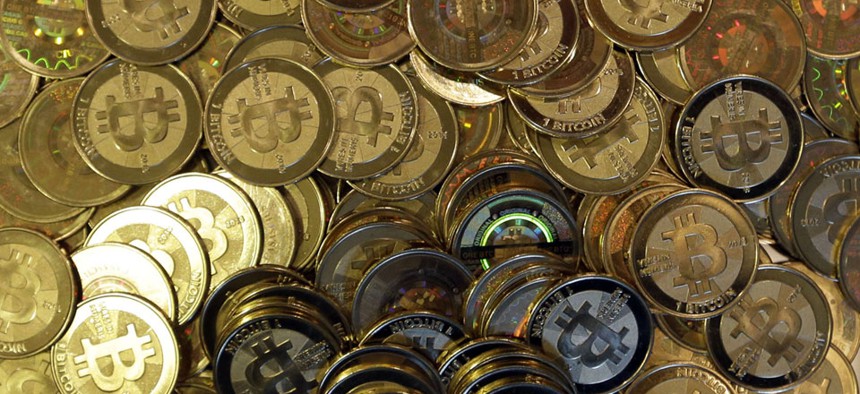Prepare for the Coming Deluge of Digital Currencies—and Meet the People Who Would Control Them

Rick Bowmer/AP
Watch out for Litecoin, the silver to Bitcoin's gold.
The Pembury Tavern sits in a modest 19th-century building at the corner of five roads in Hackney, a relatively poor neighborhood in east London. There is little to distinguish it from the hundreds of other pubs sprinkled around the area, except for one thing: The Pembury made headlines in late June for becoming the first pub to accept bitcoins, the digital currency that earlier this year experienced a brief bubble—and a bit of fame—when it traded for over $250 to one bitcoin before quickly falling back to around $100. One evening last week, alongside an office party, scattered groups of friends and the occasional lone drinker, a disparate set of men (and one woman) gathered around a table to talk about Litecoin, a digital currency whose proponents push it as the silver to Bitcoin’s gold.
The attendees were a mixed bunch. One worked at a company that tests apps, another at a financial technology fund, and a third was a part-time Tube driver who spends his spare time trying to organize people into some sort of anarcho-libertarian movement. The convenor of the meeting, a computer-science doctoral student in London, enthused about Litecoin, which is based on Bitcoin, as the next big thing.
Both bitcoins and litecoins are essentially strings of numbers that have to be discovered, or “mined,” by using a computer to decipher codes. Once mined, they can be used as currency and exchanged with other currencies. Both are capped: There can be no more than 21 million bitcoins and 84 million litecoins in circulation. They are set up so that the more are mined, the harder it gets to mine new ones. Though more than half of all bitcoins have already been mined since its creation in 2009, it will take until 2140 for the last one to be found.





